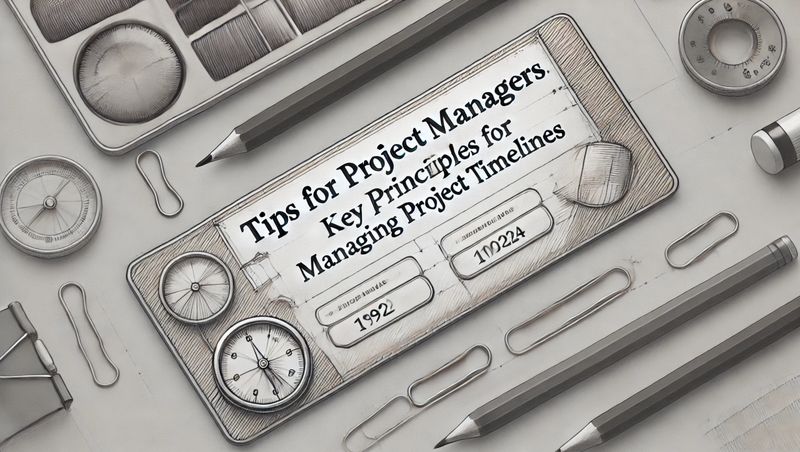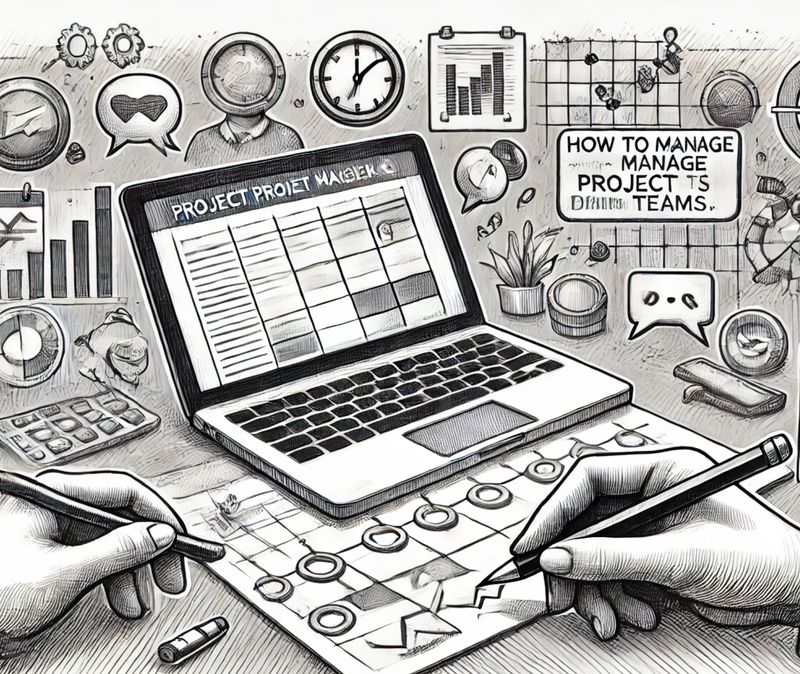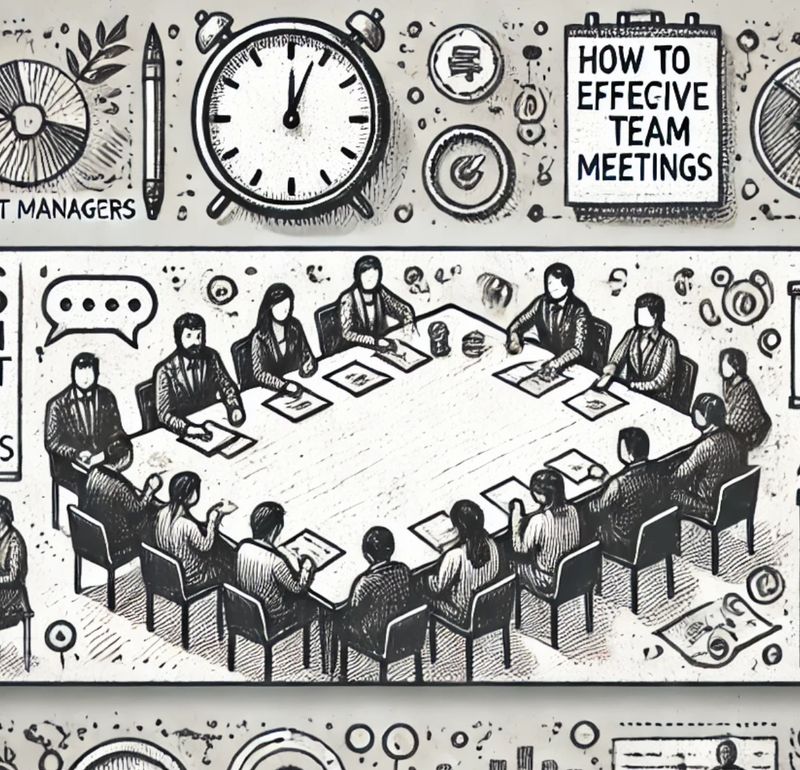Key Principles for Managing Project Timelines

Understanding the Importance of Project Timelines
Managing project timelines is one of the core responsibilities of a project manager. Timelines are essential for aligning tasks, setting expectations, and ensuring that everyone on the team knows their roles and deadlines. For a new project manager, it’s important to recognize that timelines are not only about getting work done on time. They are about maintaining a balance between productivity, resource management, and team morale. When you set and manage timelines well, your team feels more organized, focused, and motivated, which contributes to the project’s success.
To create effective timelines, begin by identifying the project’s key milestones. These milestones are crucial stages in the project that signify significant progress points. For example, creating a project proposal, completing initial research, and finalizing the product prototype might all be milestones that help break down the work into manageable phases. By planning milestones, you are setting clear, achievable targets that keep the team moving forward.
Next, as you develop your timeline, ensure that it reflects the team’s capacity and resources. Take into account each person’s workload, expertise, and other commitments. If one of your team members has other significant responsibilities, it’s best to adjust the timeline to accommodate this rather than expecting unrealistic performance levels.
Setting Realistic Deadlines
Setting realistic deadlines is crucial for keeping the project on track and avoiding burnout. An unrealistic deadline can cause unnecessary stress and lead to rushed work that may compromise the project’s quality. When establishing deadlines, keep the following ideas in mind:
1. Begin by breaking down each major deliverable into smaller tasks. For instance, if the project involves creating a new software application, break it down into tasks like developing the user interface, coding the backend, and testing the product. For each of these tasks, consider how long they might realistically take, accounting for the team's experience level and potential bottlenecks.
2. Consider past projects or similar tasks as a reference. Look back at how long similar projects took to complete, and use that as a benchmark. While each project is unique, previous timelines can help you make more accurate estimates.
3. Don’t forget to factor in “buffer time.” Even with the best planning, unexpected issues arise. Buffer time allows room for those unforeseen challenges without disrupting the entire project timeline. For instance, if you think a task will take 10 days, allocate an extra 1-2 days as a buffer.
Once you have set realistic deadlines, communicate them clearly with your team and stakeholders. When everyone understands the timeline, it’s easier for them to work efficiently toward shared goals.
Communicating and Monitoring Progress
Effective communication is key to managing timelines successfully. As a project manager, you need to keep everyone informed about timeline updates, potential delays, or any adjustments. Regular check-ins or progress meetings help ensure that everyone is on the same page and aware of the project’s current status.
Encourage open communication within the team. Team members should feel comfortable sharing any challenges or delays they face without fear of blame. For example, if a developer encounters a technical issue, they should inform the team immediately so you can adjust the timeline if necessary. By fostering an open environment, you can identify and address potential roadblocks before they become bigger issues.
Use project management tools to monitor progress in real-time. Tools like Asana, Trello, or Microsoft Project are designed to help project managers and teams visualize the timeline, track tasks, and update each other on progress. These tools allow you to see which tasks are on track and which may need extra attention. If you notice that a task is falling behind, assess whether the delay is due to resource limitations, technical issues, or other factors. Then, adjust your plan accordingly.
Managing Changes and Adaptations to the Timeline
Changes are an inevitable part of project management. Market demands, client requests, or technical challenges can all require adjustments to your original timeline. Flexibility is essential, but adapting without losing focus on your goals is equally important.
1. When a change arises, assess its impact on the project timeline. Determine if the change will affect one specific phase or if it has broader implications for the entire project. For instance, if your client requests a new feature, consider whether it will impact only the design and development phases or if it will require adjustments in testing and quality assurance as well.
2. Once you’ve identified the impact, communicate it to your team and stakeholders. Transparency is crucial. Explain how the change will affect the timeline and what steps you plan to take to accommodate it. This might include reallocating resources, extending certain deadlines, or adjusting the project’s scope.
3. Implement a process for handling change requests. Many project managers use a change management process to evaluate each request and determine its priority level. This process can include gathering input from team members, assessing the feasibility of the request, and evaluating whether the change aligns with the project’s overall goals. By establishing a clear process, you can handle change requests more effectively and prevent them from disrupting the project unnecessarily.





